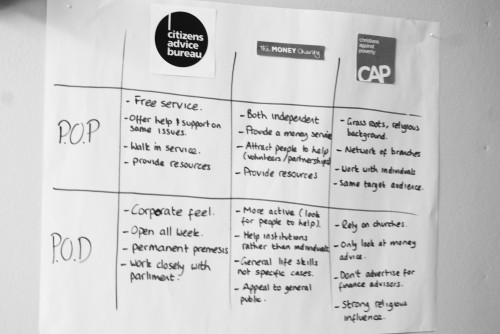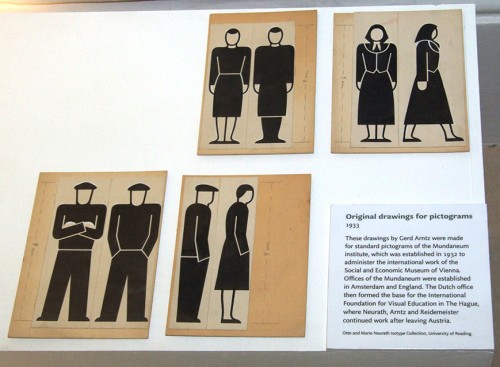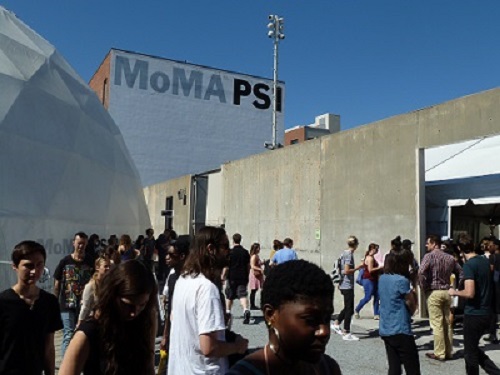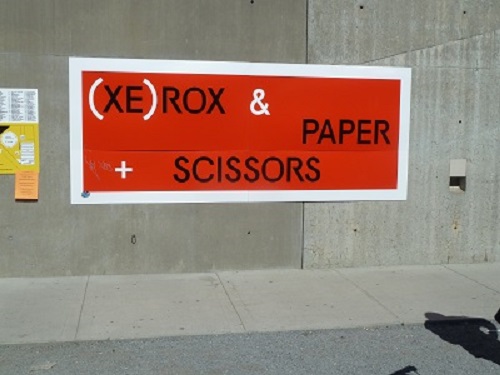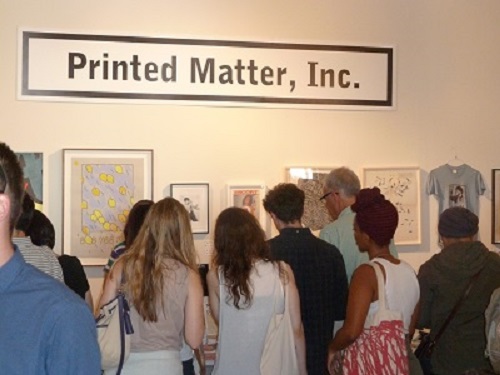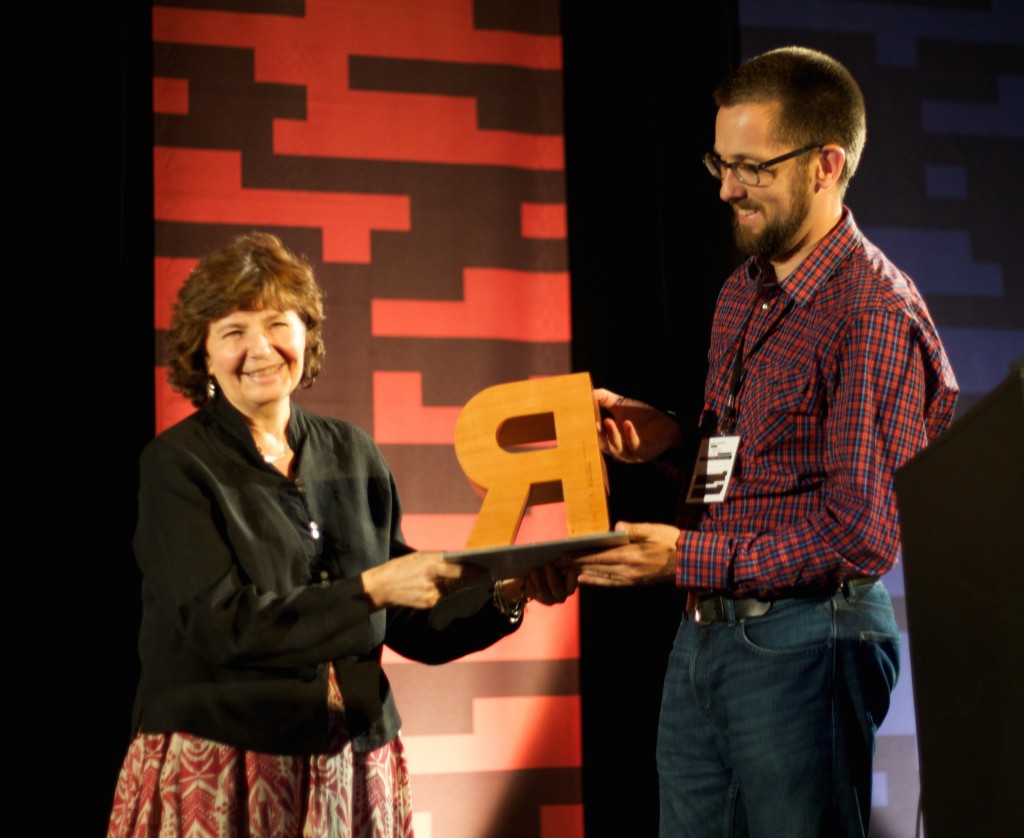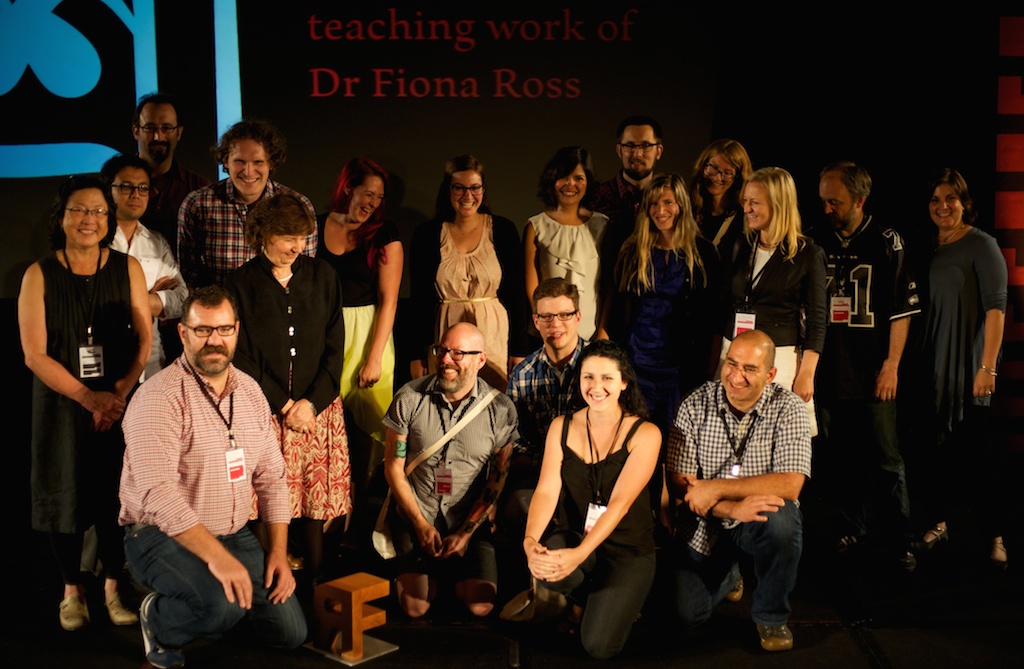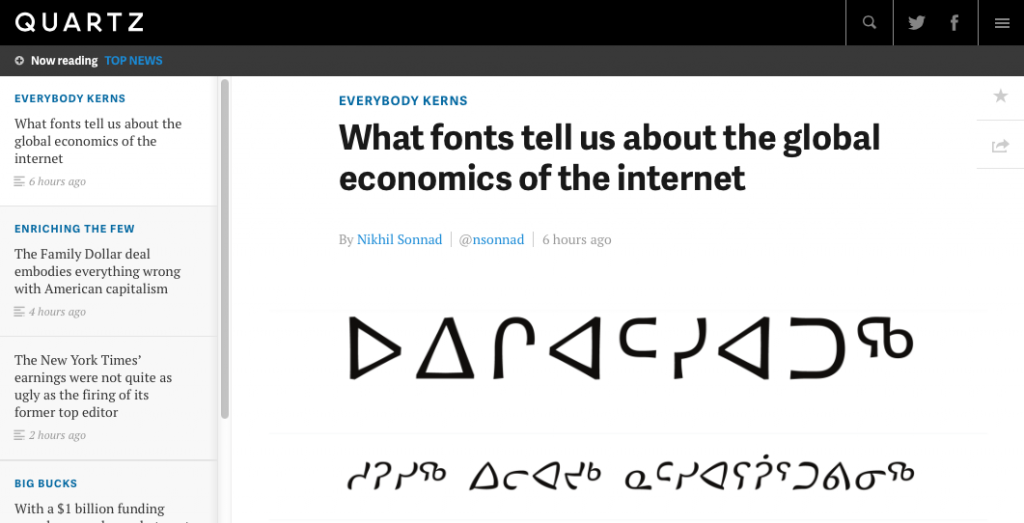
Alumnus Chris Washington-Sare (1985-89), from Pentatonic Marketing, joined us this week to deliver an all-day workshop on ‘How to help charities develop their marketing proposition’ for Part 3 students, as part of their current practical project, ‘Not-for-profit branding and design thinking’.
Learning through a series of short presentations, group work and practical exercises, students were able to develop a marketing strategy for real charity clients ‘More than Food’ (a Trussell Trust food bank initiative), Team Berkshire (a initiative of Get Berkshire Active), There4Reading (Youth Volunteering in Reading) and Kileva (Helping communities in Kenya).
Students gained marketing insights on brand values, the importance of a vision and mission, how to understand and present the functional and emotional benefits of an organisation, how to identify the points of differentiation, and the brand personality. The day ended with a session on social identity and the use of semiotics in branding.
Our students loved it:
“I found the branding workshop very informative and worthwhile. It was useful to look at the project from a marketing perspective rather than as a designer. This gave me and my team a clearer understanding of our competitors, target audience and our charities vision.”
“The day was structured well, as we went through the process right from the beginning to the end. This gave chronology and a greater clarity to how the brand develops from initial research to a vision/mission/values which begin to hint at the imagery of the brand.”
Typography has a special relationship with many of our alumni. We very much value their contributions to ensure that our current students can see where their experience at Reading might lead.
